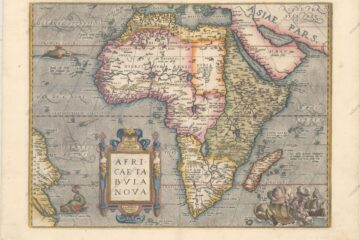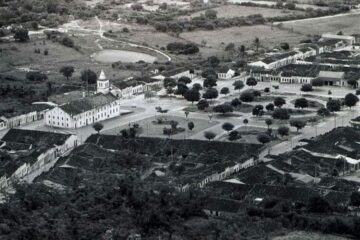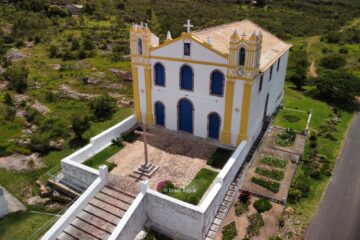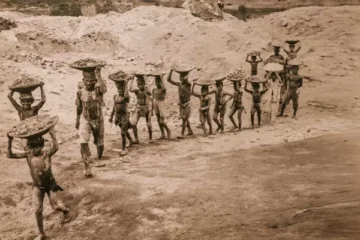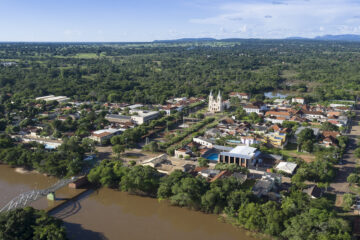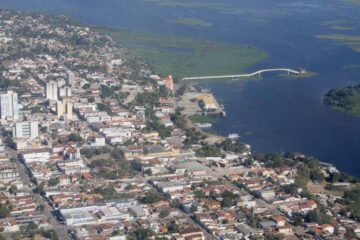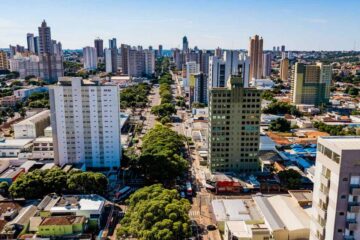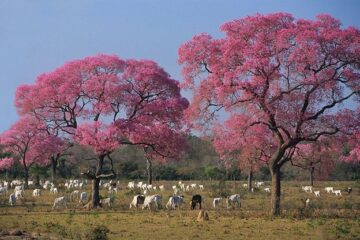Este post também está disponível em:
Português
English
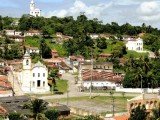
Laranjeiras, a 23 quilometros de Aracaju, foi fundada em 1594.
In 1701, the Jesuits built the chapel of Santo Antonio and the first residence of the order, known as Retiro, on the site where the city was born.
Listed by IPHAN, the complex is located about 1 km from the center and, although on private property, is open to visitors, provided they book 48 hours in advance (Fazenda Brandão, s/n, rural area).
Also listed as a historical heritage site, the church of Nossa Senhora da Conceiҫão, built in 1743, is one of the most important buildings in the city.
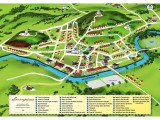
Monuments of greatest cultural value in the state.
It may have been the last Jesuit building in Sergipe, since in 1759 the Society of Jesus was expelled from the Colony.
Notice the rich carving of the stone on the entrance gate (Rua da Comandaroba, s/n, rural area, about 1 km from the center).
To get to know it, contact the Secretariat of Culture and Tourism, which schedules a guided tour.
Videos about “Laranjeiras in Sergipe”

Main Tourist Spots of Laranjeiras SE
- Igreja Matriz Sagrado Coraҫão de Jesus
- Igreja do Bom Jesus dos Navegantes
- Museu Afro-Brasileiro
- Museu de Arte Sacra de Laranjeiras
- Festas Regionais
1. Igreja Matriz Sagrado Coraҫão de Jesus
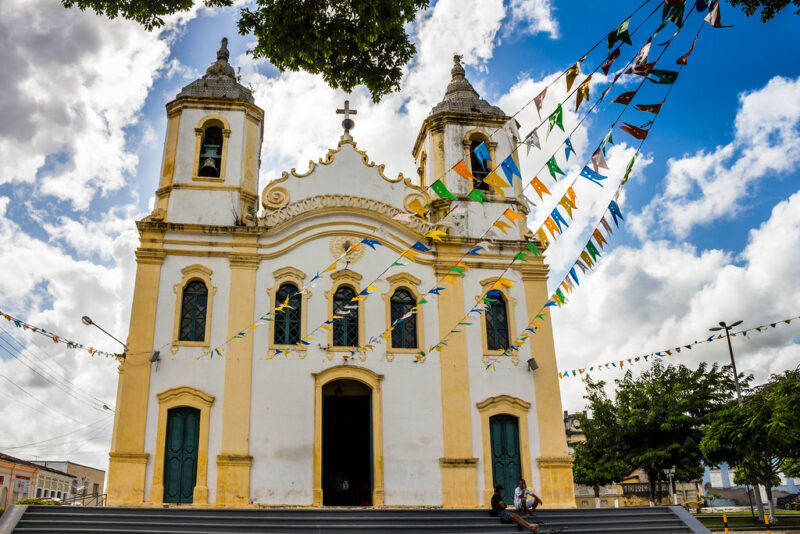
Visits to the Igreja Matriz Sagrado Coraҫão de Jesus, in the center of Laranjeiras, are also scheduled at the Secretariat. Opened in 1790, the building still retains its original design, although it has undergone many renovations (Praҫa Dr. Hercílio Diniz Gonҫalves, s/n).
2. Igreja do Bom Jesus dos Navegantes
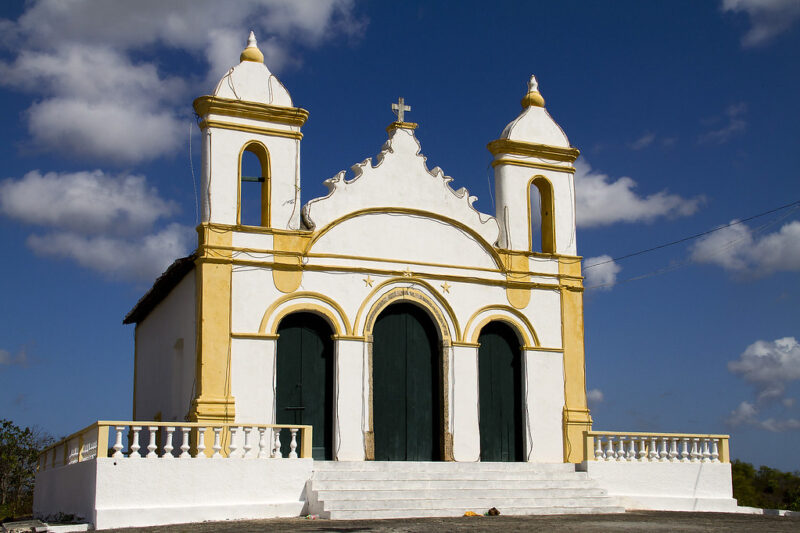
The Church of Bom Jesus dos Navegantes, perched on top of a hill, was handed over to the faithful in 1905 and attracts visitors who wish to have a panoramic view of the city and the Cotinguiba riverbed.
As the place is a bit of a wilderness, it is advisable to contact the Secretariat of Culture and Tourism, which will schedule a time and appoint a person to accompany the visit (Rod. Walter Franco, s/n, at the entrance to the city).
The city of Laranjeiras also has some interesting museums. With a varied collection, which testifies to the presence of black people in the culture of the country.
3. Museu Afro-Brasileiro
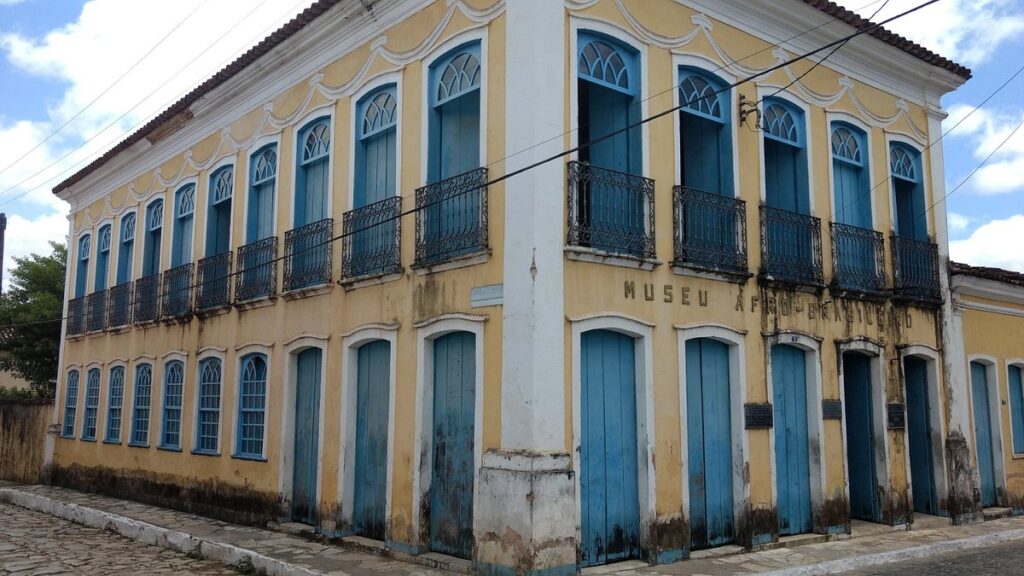
The Afro-Brazilian Museum is one of the best attractions in Laranjeiras. It is housed in an imposing townhouse, with rooms dedicated to specific themes.
The first room, for example, focuses on the sugarcane economy, while another displays instruments used to torture and punish slaves. On the second floor, there is a room dedicated to religion. The visit can be monitored (Rua José do Prado Franco, 70).
4. Museu de Arte Sacra de Laranjeiras
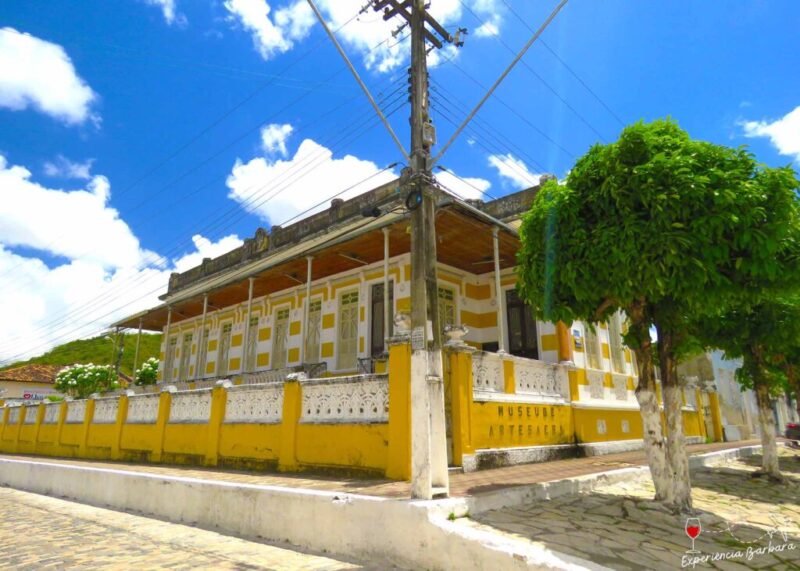
The Museum of Sacred Art in Laranjeiras features a 17th-century German harmonium. Plated in gold, the instrument still makes some sounds.
A rare and positive aspect: the museum has a certain structure to receive disabled people (Praҫa Dr. Heráclito Diniz Gonҫalves, 39).
5. Regional Festivals
Laranjeiras in Sergipe is famous for its popular manifestations. For thirty years it has been the stage for the Cultural Meeting, the most important event of its kind in the state and a reference of popular art in the Northeast.
During the meeting, the city of Laranjeiras in Sergipe presents to the public its unique folklore.
Among the various festivities, it is worth mentioning the taieira, held in January, on the day of Kings, in praise of Our Lady of the Rosary and St. Benedict, a formidable example of syncretism between the Catholic religion and African cults.
Another significant folkloric manifestation is the Lambe-Sujo and Caboclinho revelry, which recalls the quilombo era.
The groups take to the streets on the second Sunday of October, to the percussive sound of the timbau, cuica, caceteira and tabaque.
Laranjeiras Tourism and Travel Guide in Sergipe


